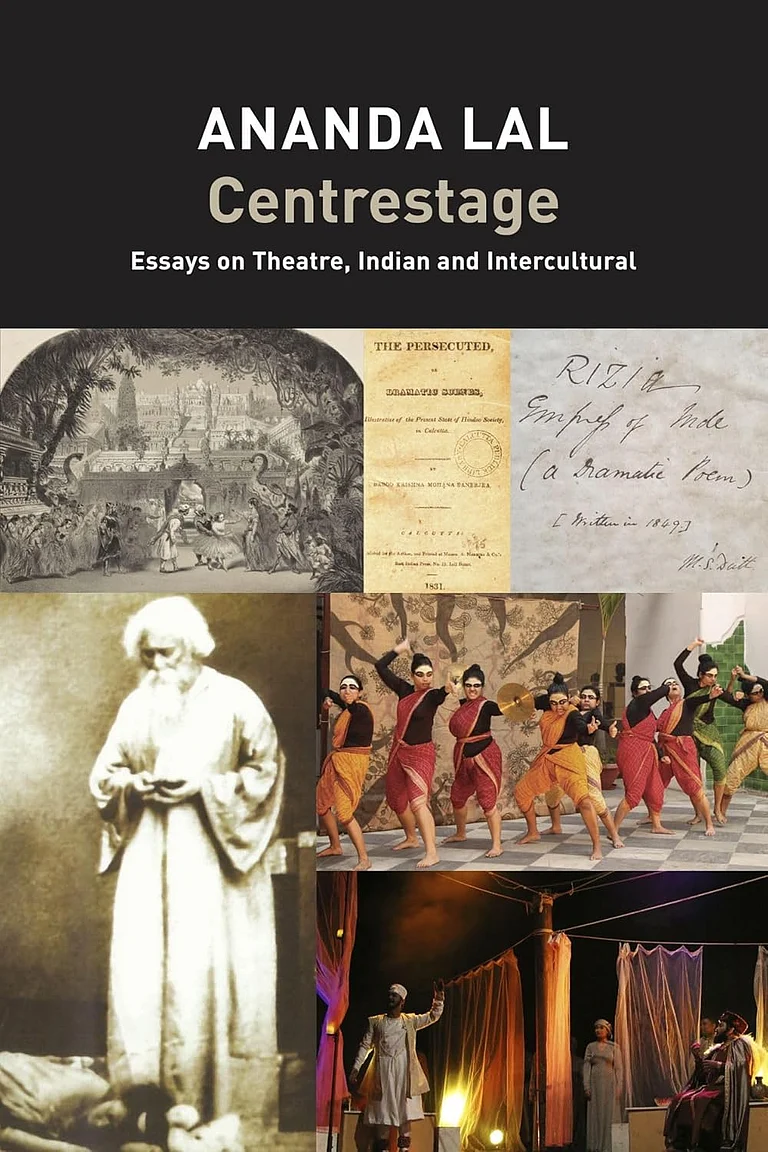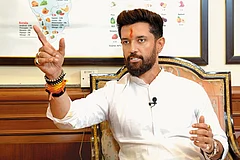Have there been times when civil-military relations in India were so strained that a military coup was justified? asks Aditya Sondhi, a senior advocate practising at the Supreme Court and the Karnataka High Court, in his new book Poles Apart: The Military and Democracy in India and Pakistan. Sondhi’s book is a timely addition to the existing literature on civil-military relations in South Asia. It compares the roles the military has played in India and Pakistan and their impact on the arc of democracy in both countries. It also devotes a chapter to Bangladesh—currently in the grip of a historic political churning—and the country’s tryst with both democracy and military rule. Poles Apart evolved from Sondhi’s research for his PhD thesis, which focused on the interface between the military and democracy in India and Pakistan during 1947-2008. The road from thesis to book was paved with revisions, updates, and a chapter on post-2008 developments.
Some of the pertinent questions Poles Apart raises and investigates are: Is there a connection between the “non-event” of a coup and the growth of democracy? Why has Pakistan been under military rule for long periods and how has this affected the survival of democracy? How did the Pakistani military get actively involved in politics and why does it wield so much influence in the country’s political space?
In the book’s well-crafted Introduction, Sondhi reminds readers that democracy is a complex business and nation states, unique. In this context, comparative politics may be a “theory in transition”, but it definitely has its uses. An analysis of similar institutions in India and Pakistan such as the judiciary, the bureaucracy, political parties, the electoral process, the culture and belief systems, and the role of the military and the extent of its intervention helps to gauge the “health of democracy” in the two countries.

Poles Apart offers readers a historical overview of the evolution of the army in India and Pakistan. It treads the paths followed by an apolitical Indian military and an interventionist Pakistani army post-1947, shedding light on how these shaped the political destinies of both countries. The history of India’s army is traced back to the East India Company’s Army of 1607 up to independence and the period after. The presence of popular political leaders such as Jawaharlal Nehru, Mahatma Gandhi and B R Ambedkar, who were committed to constitutional governance, and the mass-based national party, the Indian National Congress (INC), ensured democratic rule for a newly independent nation at the outset. On the other hand, Pakistan lacked a “nationwide political party that was disciplined, organised and popular.” Mohammed Ali Jinnah’s leadership was “charismatic and inspirational” but there were no other leaders of his stature and a firm constitutional framework was not in place. Hence, the army took centre stage and Pakistan inherited a “strong military culture and infrastructure at its birth.”
The book astutely analyses several crucial phases in the relations between the military and civilian governments in India and Pakistan. These episodes were not restricted to war time. By showcasing these, Poles Apart not only reveals the complicated nuances of civil-military relations but also draws attention to the “diametrically opposite” reactions of the armies of the two countries and their impact on democracy.
The section titled ‘India: The Enablement’ shines the spotlight on several pivotal moments, including India’s military operations in Kashmir in 1947-48, the two wars with Pakistan, the war with China, Operation Blue Star in Punjab, and the Emergency and the years preceding it. This section encapsulates the major political developments of the time, and examines the ups and downs in the relations between India’s civilian leadership and the military establishment. There are policy differences at times, which are resolved with the best interests of the nation in mind. There are instances of “accentuated cooperation”, times when the military resisted the temptation of “political adventurism” in the absence of a strong Opposition to an “increasingly powerful executive”, and situations in which civilian intervention “marginally blurred the political neutrality of the forces.”
While ‘India: The Enablement’ paints a comprehensive picture of the development of civil-military relations on this side of the border, ‘Pakistan: The Usurpation’ delves into the state of affairs across the border. Both these sections contain valuable insights on the political history of India and Pakistan and the widely differing balance of power between the military and civilian leadership in the two countries.
‘Pakistan: The Usurpation’ begins with the unrest following the assassination of Prime Minister Liaquat Ali Khan and the imposition of martial law in 1953, the army swooping in to restore law and order, and the civilian government having divested its powers setting a “precedent that would return to haunt Pakistan for eternity.” It delves into the relations between the military and civilian leaders in Pakistan during significant junctures such as the Bhutto years, General Zia-ul-Haq’s stint in power, and Pervez Musharraf’s coup in 1999, which overthrew the democratically elected government of the time. The section also examines civil-military ties during the wars with India, and Pakistan’s ‘‘decade of democracy’’, which set in after General Zia died in a mysterious plane crash in August 1988. Elections were held in November 1988, and civilian leaders like Benazir Bhutto stepped into the limelight. Militarism abated and the military was not in direct power, “though it never lost its presence at the political high table.”
Bangladesh only gets one chapter in the book, which limits the analysis to a quick overview of its political history, democratic processes, and the reasons for the high level of involvement of the military in political matters. It points out that Bangladesh teaches us the interesting lesson that in spite of the militarisation of politics, the “countervailing force of civil society movements and NGO activism can offset the lopsided developmental growth in young democracies.”
MORE FROM THIS ISSUE
Deeply researched and lucidly argued, Poles Apart is an informative read. Sondhi steers clear of jargon and his style is not weighed down by academic obscurity, which goes a long way in helping readers understand the complex issue of civil-military relations. By analysing the political histories of India and Pakistan and the trajectory of democracy closely, the book presents important pointers on the future of civil society institutions and democracy, and the road ahead for civil-military relations in the Indian subcontinent.

































